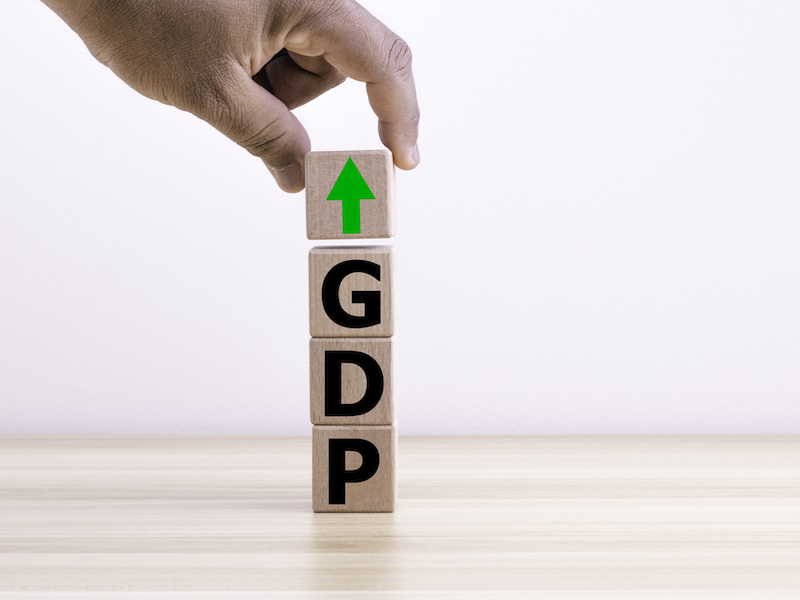
The Canadian economy grew by 0.3% in May, despite downward pressure from wildfire-hit oil and gas production but it looks to have slowed in June, Statistics Canada said Friday.
In its latest report on economic growth, the federal agency’s preliminary estimate suggests real gross domestic product grew at an annualized rate of 1% in the second quarter.
The May figure came in slightly lower than was expected by Statistics Canada as mining and oil and gas companies reduced their operations in Alberta at the outset of the record-breaking wildfire season.
The energy sector was down 2.1% in May, the release shows.
“This was the sector’s first decline in five months and its largest since August 2020,” the agency said.
The modest GDP increase in May was driven in part by a rebound in the public administration sector as most federal public servants on strike returned to work by the end of April. However, 35,000 Canada Revenue Agency workers remained on strike for three days in May, which dampened the rebound.
The economy remained resilient in the second quarter, but growth started to look weaker by the end of the period, with wholesale sales posting one of their largest declines in history in June, said RBC economist Claire Fan in a note.
“The resilience in consumer demand we’ve seen to date is not to be overlooked, adding to sticky inflation pressures. But momentum in services spending also appears to be waning – gross sales at food services and drinking places have been trending at levels below this January for months,” she wrote.
That modest growth is unlikely to hold, as the federal agency’s preliminary estimate for June suggests the economy contracted by 0.2%.
Statistics Canada says the estimated decrease in June is mainly owing to the wholesale trade and manufacturing sectors.
Both sectors saw growth in May as supply chain issues related to semiconductor chips eased, but the downward trend in June is expected to “more than offset the increases recorded in May,” the agency said.
The slowdown comes as the Bank of Canada’s key interest rate sits at 5%, the highest it’s been since 2001. The interest rate spike is expected to slow the economy down, though it has generally performed better than expected this year.
The real estate sector, for example, is expected to continue to grow in June despite high interest rates.
In May, home resales in most of Canada’s largest markets led to an industry increase of 7.6%.
A series of transitory shocks since April, such as the wildfires, has made the data more difficult to interpret, wrote TD economist Marc Ercolao in a note.
“Looking ahead, headline GDP figures may continue to be skewed by the government’s grocery rebate and the effects of the B.C. port strike in July,” he said.
But the pullback in June will likely help support a hold on the Bank of Canada’s key policy rate in September after announcing a hike this month, said Ercolao.
“Slowing growth appears to be in the cards for the Canadian economy, and we believe this will be enough for the (central bank) to remain on hold at its next meeting,” he said.
The Bank of Canada won’t hesitate to hike rates further if necessary, said Fan, but she added that “the worst is yet to come” for households dealing with rising debt service costs.
“We expect that will soften spending, push inflation lower and keep the (central bank) to the sideline over the second half of this year,” she said.